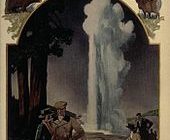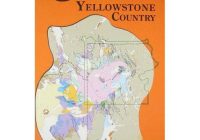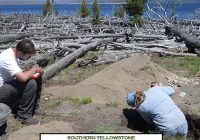Interpretative Services
Yellowstone’s Division of Interpretation is divided into three components: Division of Interpretation Org Chart The goal of the Planning and Media Branch is to encourage the development of a personal stewardship ethic and broaden public support for preserving park resources. Interpretive rangers present Yellowstone to visitors through formal interpretation, such as campfire and evening programs,… Read More »



